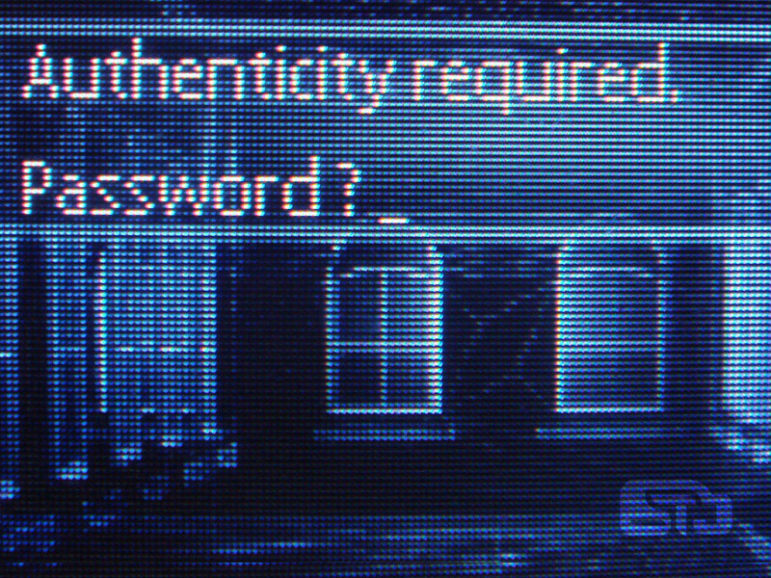
September 2, 2016; Guardian
Philanthropy typically stands at arm’s length. It is for the funded nonprofit organization to touch, engage, and understand. Courtney E. Martin, a journalist and author of several books, including Do It Anyway: The New Generation of Activists, attempts to convey for the Guardian a unique point of view about the gains that could be made if benefactors, those possessing priceless street-level wisdom, and beneficiaries were brought closer together into a more authentic give-and-take relationship.
So what does this mean for philanthropy? It means that the only philanthropy worth engaging in—both ethically and strategically speaking—is the kind that honors the wisdom of relationships and the power of money.
Martin peers into the ambiguities of the fundraising process. One element she discusses is power dynamics. Supplicants, let alone donors, sometimes ignore the value of their own expertise hard-won through grassroots work. Take your typical major donor solicitation where, initially at least, “the hierarchy is often softened with social graces.” Until the grasping motions are stilled, until the judgment of the nonprofit’s merits is made by the donor and the gift is won by the nonprofit representative, “it can feel like you are performing friendship.” For Martin, and she writes as someone who has sat at that proverbial table, this intimidating experience can be “deeply confusing” and ultimately “demoralizing.”
Then, Martin puts a finer point to her observations.
I have often reminded myself of my own privilege—a white woman from an upper-middle-class background with an Ivy League degree. If these interactions make me feel this way, imagine how confusing and alienating they likely are for people even further afield of the social class of most philanthropists.
Add to this interpersonal awkwardness the longstanding and troubling issues of equity and inclusivity in the philanthropic world, and Martin’s call for nurturing relationships with those who matter becomes all the more urgent: “A lot of people who are not white, male, and older are hustling their asses off to understand the sensibility of those who are.”
Martin does not disrespect the donor. She imagines philanthropists care deeply, but they are necessarily removed from the need, especially from such issues as poverty alleviation. Martin asks how philanthropy can be reimagined to achieve true equity. “How can we create new cultures and structures that allow resources—financial, experiential, energetic—to flow in ways that feel dignifying?”
Martin offers examples of initiatives that approximate her vision for philanthropic equity. According to its website, Resource Generation, which NPQ has written about periodically over the years, “organizes young people with wealth and class privilege in the U.S. to become transformative leaders working towards the equitable distribution of wealth, land and power.” At the opposite end of the spectrum is the Family Independence Initiative, which partners with low-income families to collect data and map strategies for finding solutions to their own challenges. Self-Help Credit Union supports underserved communities with financial services. Martin asserts that what these initiatives have in common are “authentic, trusting relationships at the center.” They move “beyond radical theory to radical practice.”
Martin names a few exemplary philanthropists. Peter Buffett’s NoVo Foundation, based on his New York Times manifesto, calls for a “more structural consciousness and less cognitive dissonance among wealthy altruists.” Darren Walker, president of the Ford Foundation, calls for a “new ‘gospel of wealth’ for the 21st century“—a new form of philanthropy that scrutinizes “the underlying causes that perpetuate human suffering” and asks “how and why.” Gara LaMarche criticizes foundations for treating grantees like “the right wing would treat single mothers on welfare, imposing strict time limits and cutoffs.”
Sign up for our free newsletters
Subscribe to NPQ's newsletters to have our top stories delivered directly to your inbox.
By signing up, you agree to our privacy policy and terms of use, and to receive messages from NPQ and our partners.
Though alleviating poverty admittedly and sadly represents a small portion of overall philanthropic giving, Martin focuses her article on this subject and stresses that this is where forming relationships is the most necessary and difficult. “Perhaps the most profound question that philanthropists can ask themselves at this ripe time for reinvention is this: What stories do you want or expect grantees to tell you? What stories do you tell about yourself?”
Adjoa Florência Jones de Almeida of the Sista II Sista Collective in Brooklyn, NY, offers this indictment in her (2009) “The Revolution Will Not Be Funded”:
What has happened to the great civil rights and black power movements of the 1960s and 1970s? Where are the mass movements of today within this country? The short answer: They got funded. Social justice groups and organizations have become limited as they’ve been incorporated into the nonprofit model. We as activists are no longer accountable to our constituents or members because we don’t depend on them for our existence. Instead, we’ve become primarily accountable to public and private foundations as we try to prove to them that we are still relevant and efficient and thus worthy of continued funding.
In her (2015) TED talk, “The Story We Tell About Poverty Is Not True,” Mia Birdsong furthers the case that we treat our “beneficiaries” as helpless victims, “disadvantaged” and “at-risk,” to win and keep our funding. “The quarter-truths and limited plot lines have us convinced that poor people are a problem that needs fixing. What if we recognized that what’s working is the people and what’s broken is our approach?”
Stanford Social Innovation Review (SSIR) is currently producing a series on “Putting Grantees at the Center of Philanthropy.”
Research shows that grantmakers that are more connected to their grantees—those that have an ear to the ground—are more likely to provide the support that nonprofits need to be successful; they are five times as likely to offer capacity-building support and two times as likely to offer multiyear support. We also know that tapping the knowledge and perspective of grantees and community members builds trust and helps shape more-effective solutions.
This is clearly not a new subject. There are many approaches to identifying and analyzing the need for change and for finding solutions. What Martin achieves, perhaps because she is a writer first and an observer of civil society second, is a more penetrating human examination of what is required to achieve a more just society.
It’s about what we are willing to acknowledge about the origins of our own wealth and privilege. It’s about reclaiming values that privilege often robs us of: first and foremost, humility. But also trust in the ingenuity and goodness of other people, particularly those without financial wealth.
—James Schaffer











